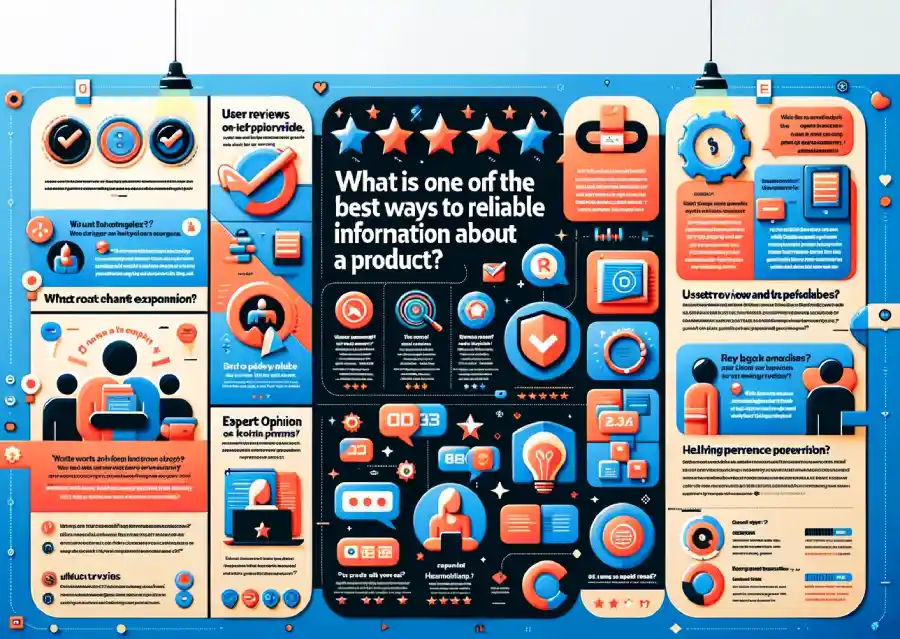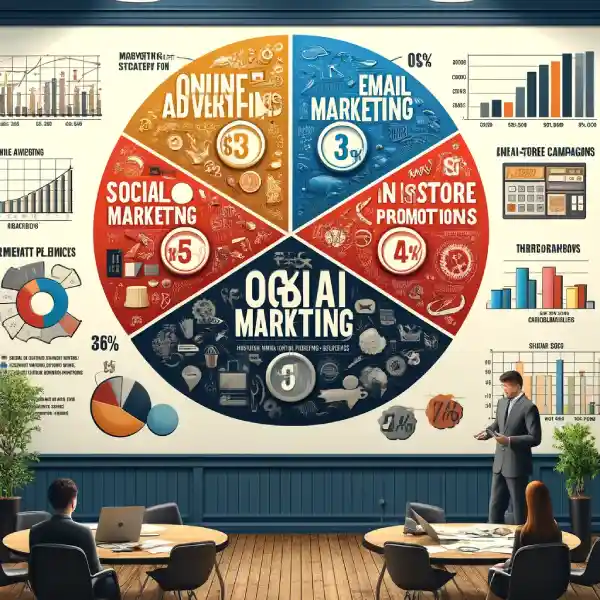
Do you know how credit companies often lead people into debt traps?
Recent studies indicate that over 47% of U.S. adults carry credit card balances, a trend particularly pronounced among young adults aged 18-24, a prime target for credit marketers. For more information you can read our previous blog. What are some of the common marketing tactics credit card companies use to market to young adults?
In this post, we describe marketing tactics that the credit industry uses to trick people into getting into debt. From enticing introductory APR offers to rewarding spending with cashback and points, these strategies cleverly disguise the peril of high later costs and hidden fees. By recognizing these deceptive approaches, you can better navigate your financial decisions and avoid falling into the costly cycle of debt.
Seductive Credit Offers
Introductory Low APR Rates
Credit card companies often attract customers with appealing low introductory Annual Percentage Rates (APRs). These tempting rates are usually temporary, lasting typically 6 to 12 months, after which the APR dramatically increases. This rise can significantly escalate the cost of any carried balance. These offers may also include hidden fees and steep penalties for late payments or exceeding credit limits, which can quickly transform manageable debt into a substantial financial burden.
Cash Back and Reward Programs
Cash back and other reward programs incentivize spending by offering a percentage back or points redeemable for goods and services. These rewards appear to provide value, encouraging consumers to spend more to accumulate benefits. The psychological impact is notable, creating a cycle of spending that feels rewarding, leading consumers to spend beyond their means while neglecting the growing balance and accruing interest.
“Buy Now, Pay Later” Schemes
The popularity of “Buy now, pay later” (BNPL) programs is rising, allowing consumers to defer payments on purchases without initial interest. Marketed as a way to budget for bigger purchases, these programs let consumers break costs into smaller installments. However, BNPL schemes can lead to late fees and penalties if payments are not managed after the interest-free period ends. They often encourage larger or more frequent purchases, potentially leading to substantial accumulated debt and long-term financial strain.
Targeting Specific Demographics
Young and Financially Inexperienced
Credit card companies specifically target young adults, including college students, by tailoring credit offers to appeal to their desire for financial independence. These offers often come with the promise of easy approval and initial perks like cash back on textbooks or meals. However, this demographic may not have the financial literacy to understand the implications of such debt, leading to long-term consequences. Many young consumers end up carrying balances that accrue high interest, setting a foundation for persistent debt that can affect their financial choices for years.
The Lure of Additional Services
Credit card companies enhance their attractiveness by offering additional services such as credit monitoring or identity theft protection, free for a limited initial period. These services are promoted as protective measures or ways to manage one’s finances better. However, once the free period ends, substantial fees for these services begin to apply. Consumers, initially drawn by the no-cost feature, might find themselves paying for services they do not need or initially did not intend to continue, adding to their financial burden. This strategy plays on the appeal of getting something extra without fully disclosing the long-term costs involved.
The Pitfalls of Debt Management Methods
The Debt Snowball Misconception
The debt snowball method, popularized for its psychological boost of paying off smaller debts first, is often touted as a universal solution to debt problems. However, this method can be inefficient compared to other debt repayment strategies, such as the debt avalanche method, which focuses on paying down debts with the highest interest rates first. While the snowball method can provide quick wins and visible progress, it may result in paying more interest over time because higher interest debts are left to accumulate longer.
Predatory Lending Practices
Predatory lending refers to unethical practices by lenders that deceive or coerce consumers into accepting unfair and abusive loan terms. Characteristics of predatory lending include excessive interest rates, high fees, and loan terms that are not transparent or beneficial to the borrower. Examples of such practices include payday loans with exorbitant interest rates that trap borrowers in a cycle of debt, and adjustable-rate mortgages with low initial rates that balloon to unaffordable levels, often leading to default and foreclosure. These practices exploit the vulnerabilities of borrowers who may have limited financial knowledge or are in desperate financial situations, exacerbating their debt burden and undermining their financial stability.
The Consequences of Credit
Impact on Credit Scores
Credit scores can be significantly affected by the marketing tactics of credit companies. When consumers are enticed to open multiple credit accounts based on attractive offers, their credit utilization ratio can increase, and their age of credit history may decrease, both of which can lower credit scores. Additionally, falling into the trap of accruing high balances that are difficult to pay off can lead to missed payments, further damaging credit scores. A low credit score imposes long-term financial restrictions, such as higher interest rates on loans and credit cards, and reduced chances of approval for renting homes, getting cell phone contracts, or even securing certain jobs.
Bankruptcy as a Last Resort
Mismanagement of credit, often exacerbated by deceptive marketing tactics, can lead to bankruptcy, which is a complex and severe financial condition that should be considered a last resort. It is crucial for consumers to understand the terms and conditions of credit card agreements to avoid escalating into an unmanageable financial situation. Bankruptcy can provide a fresh start for those deeply in debt, but it also comes with long-lasting consequences, including significant impacts on credit scores and difficulties in obtaining future credit.
Empowering Consumers
Importance of Financial Literacy
Promoting financial literacy is essential in equipping consumers with the skills necessary to manage credit and debt effectively. Educating individuals about the basics of personal finance, including budgeting, debt management, and understanding credit reports, can empower them to make informed financial decisions. There are many resources and tools available, such as online courses, workshops, and financial advising services, which can help consumers build the knowledge needed to navigate the complexities of credit.
Navigating Credit Offers Wisely
Consumers should approach credit card offers with a critical mindset. It is important to carefully evaluate the terms associated with any credit offer, including the interest rate after any introductory period, fees (annual, late payment, and over-limit), and the credit limit. Reading the fine print and understanding all associated fees can prevent unexpected debts. Practical tips such as comparing multiple credit offers and checking independent reviews can aid consumers in choosing credit options that best fit their financial situations and needs.
Related:
- 24 Effective Marketing Tactics and Planning Tips
- Which of the following is not an important step in the marketing cycle?
- What Are Some Of The Common Marketing Tactics Credit Card Companies Use to Market to Young Adults?
- What Are Five Marketing Strategies That Retailers Spend Half Of Their Annual Budget On?
Wrap Up – Describe Marketing Tactics That The Credit Industry Uses To Trick People Into Getting Into Debt.
In this discussion, we’ve describe marketing tactics that the credit industry uses to trick people into getting into debt. From alluring credit offers such as low initial APRs and attractive rewards programs to “Buy Now, Pay Later” schemes, these strategies are cleverly designed to appeal to consumers’ desires but often conceal significant long-term costs.
We’ve highlighted how these marketing tactics specifically target vulnerable groups, like young and financially inexperienced individuals, with additional services that become financial burdens after initial trial periods. We’ve also critiqued popular debt management methods and exposed the harsh realities of predatory lending, which prey on financially struggling consumers.
The impact of succumbing to these tactics can be drastic, affecting credit scores and potentially leading to bankruptcy. However, armed with knowledge and critical evaluation skills, consumers can protect their financial health. Understanding the terms and conditions of credit offers, using available financial education resources, and approaching credit with caution are essential steps toward financial empowerment.
By prioritizing financial literacy and being meticulous in evaluating credit offers, individuals can protect themselves from debt traps. The goal is not merely to avoid debt but to make informed financial choices that lead to a stable and secure future. Let’s commit to making wise credit decisions and maintaining control over our financial destinies.



